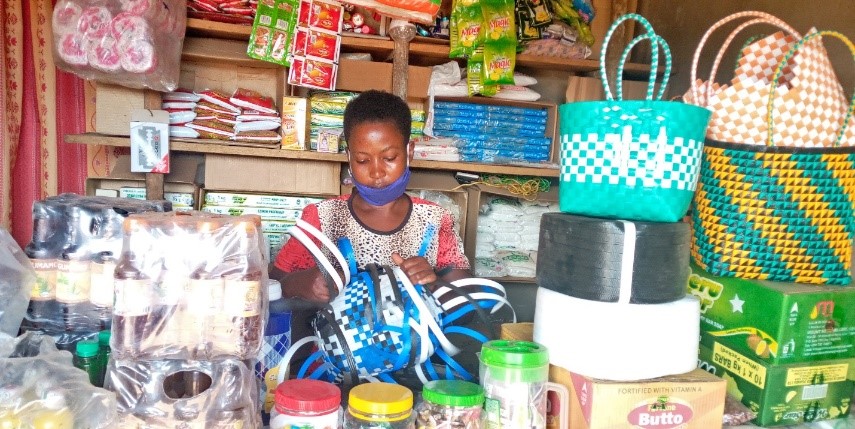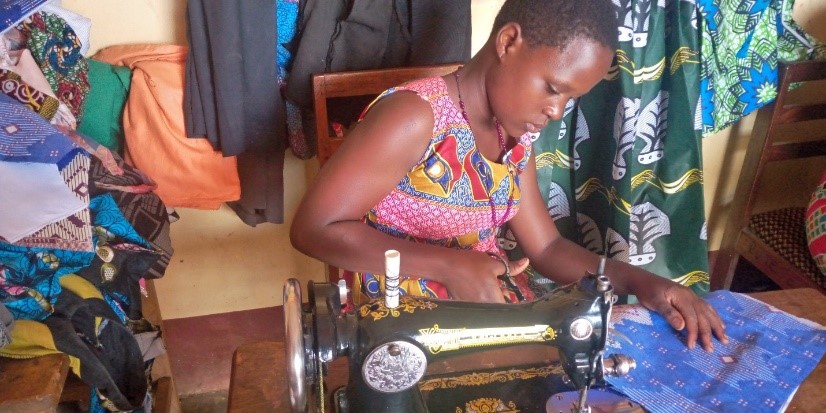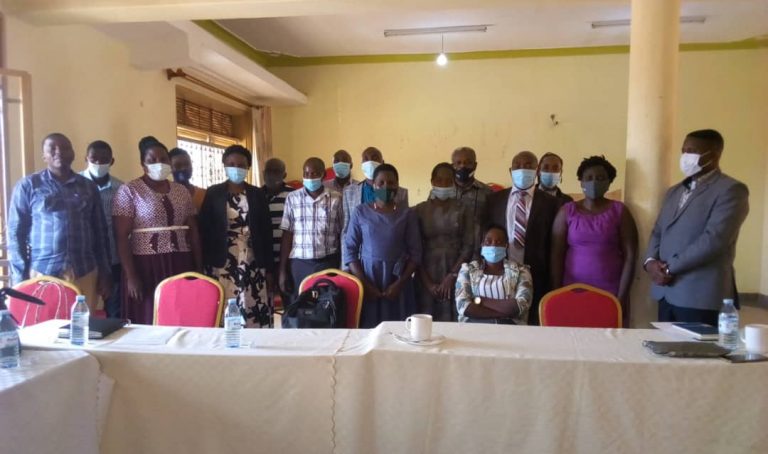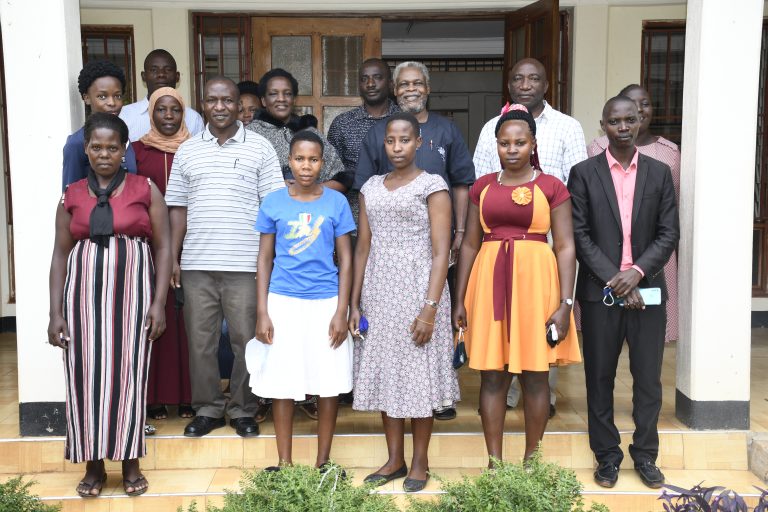The URDT Institute was established to create a critical mass of all-round male and female young entrepreneurs who have integrity and the capacity to improve their situation, become responsible citizens, and contribute to larger sustainable development goals. The URDT Institute offers both technical and life skills training on a short-term basis.
The URDT Institute which has empowered youth for over 30 years is now training through local artisans and model practitioners in agriculture. This approach appreciates the principle of learn as you work and earn, an educational strategy that provides trainees with real-life work experiences where they can apply skills and develop employability skills instantly during training. This model is used to promote local industrialization.
An Artisan is a skilled manual worker or craftsman who uses hands, tools, or machinery to create unique and decorative items in a particular craft; for example, Carpenters, tailors, leatherworkers, shoemakers, bakers, metal workers, and potters among others. They are masters of their products and services and are grouped into Urban and rural-based artisans.
Artisans depend on resources from their nearby surroundings to create their products and items. In economic terms, an artisan is a small producer of goods who own their production and makes a living from their trade. They have mastered their specific trade typically native to their region, culture, or background, maintain theoretical and empirical knowledge about how to expertly create specific good, and also transfer their skills to the forthcoming generations.

A local artisan with an enterprise in his or her community is an extension of training for entrepreneurship and dignified fields of skills. This can lead to positive impacts on their personal lives, household livelihood enhancement, community development, and economic development when their capacity is well built.
When an artisan is empowered to train young people in life skills, the young person transit from joblessness into doing dignified work. This in turn revolves and the young person becomes an artisan of another jobless young person thus creating an Institution of empowering artisans through capacity building. The table below shows the impact of this approach;
IMPACT OF THIS APPROACH TO INDIVIDUAL YOUTH, HOUSEHOLD, AND COMMUNITY AT LARGE
| IMPACT LEVEL | CHANGE |
| Individual (Young women and men) | Improvement in wellbeing, Increased income Social capital, voice, agency, confidence |
| Household and community | Diversified income streams, Improved household savingsImproved access to education, health, and/basic needs servicesGreater social cohesion, social capital, agency, voice |
The reasons for this approach in training young female and male
Market Accessibility
There is a ready market for the sale of products made by young people during and after training, within the community in their localities and this improves their livelihoods at personal, households, and community levels because less or no expenses is realized on transportation of goods and services to distant markets. This strengthens networking among young people and the community they live in.
The artisan approach assists young people to get jobs because many young people trained are retained to work at the artisans’ workshops. This solves youth unemployment problems and most importantly the plight of the growing consistency of unemployed youth in the country.
Social-economic development
The Artisan sector is the key driver of economic growth, job creation, and cultural preservation. It is the second-largest employer in the developing world providing skill development, particularly to women.
By facilitating local artisans deep in their communities to offer training, communities are enriched with a young and energetic workforce. This increases its interface with the bigger skills market, thereby enhancing livelihoods individually, at the household level, and community.
Artisans are grouped under the informal sector which contributes to economic growth through earning from their small and medium-sized businesses and services. In Uganda, the informal sector alone contributes 50% to the GDP according to UBOS reports of 2019 which is an economic boost.
Artisans’ enterprises increase the local income, preserve ancient cultures, a generational element that ties a particular craft to cultural heritage and lineage. The artisan sector employs hundreds of thousands of unemployed young people, the artisan sector also can transform the perceptions of the refugees.
Training with local artisan directly answers the issues of lack of practical skills identified by the observations made as to the reason why most educated young people are not employed or are not producing valuable products that attract clients. The local artisan is the first point of contact in the private sector world. Their partnership will breed ready apprenticeship opportunities, provide an opportunity to link graduates with practice, and also offer potential placements for graduates
Translating non-formal learning outcomes to the world of work
The Artisans approach promotes the validation of learning outcomes gained during the non-formal learning and youth work into a vocabulary that is understandable to the employers. There are user-friendly accessible tools and this promotes innovation and creativity making young people aware of the skills gained through participatory training.
They are very innovative for they come up with new and unique ideas because of competition in the market. Artisans express themselves freely, they are entrepreneurs, sole proprietors, and decision-makers in their businesses; this saves time in regards to partnership because there are no bureaucracies attached to dealing with the local artisans.
Artisans will be powerful in the new economy because they are not mere ornaments of tourism or cottages but taking a closer look at their values and growth potential in the global economy.







